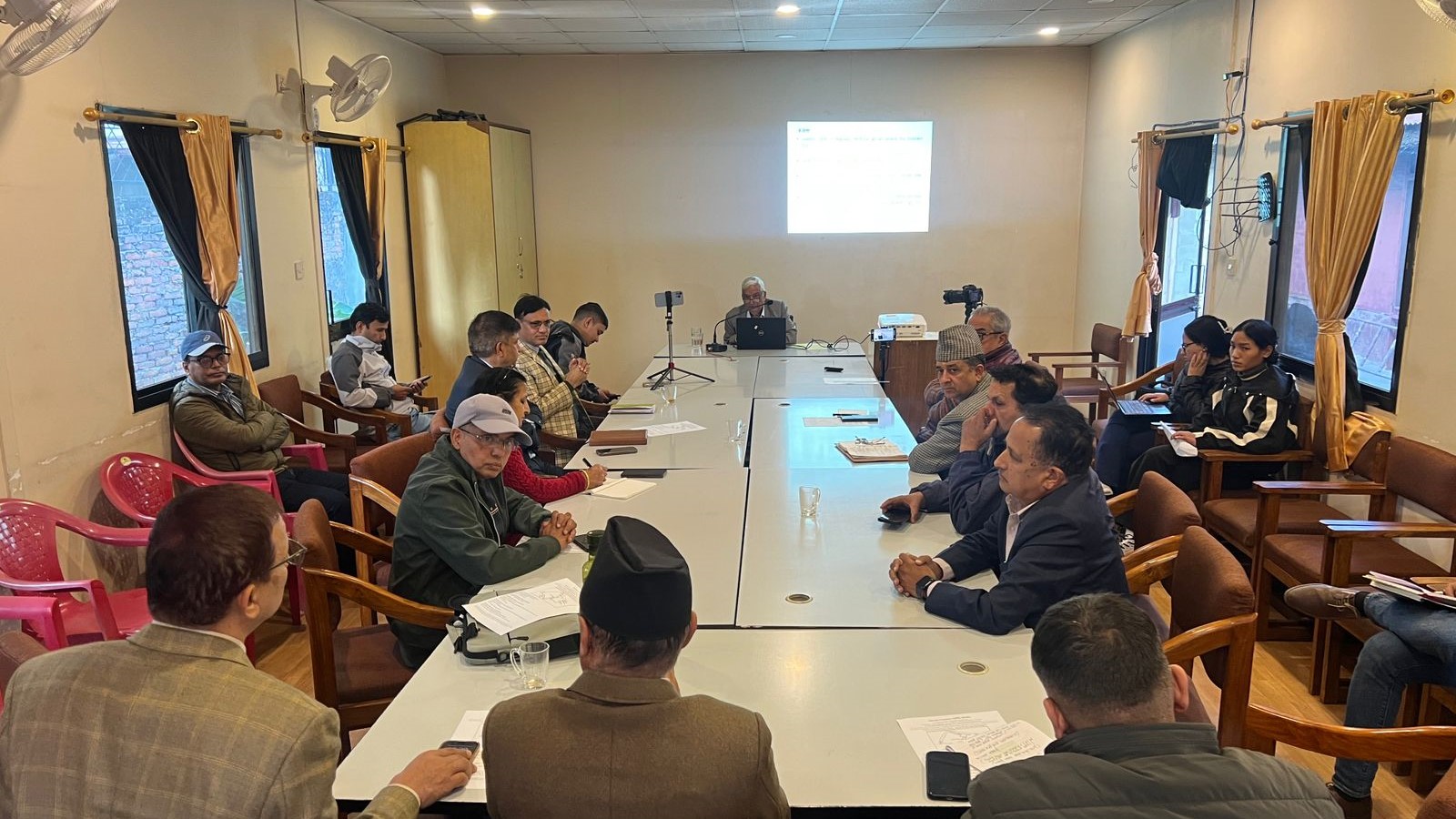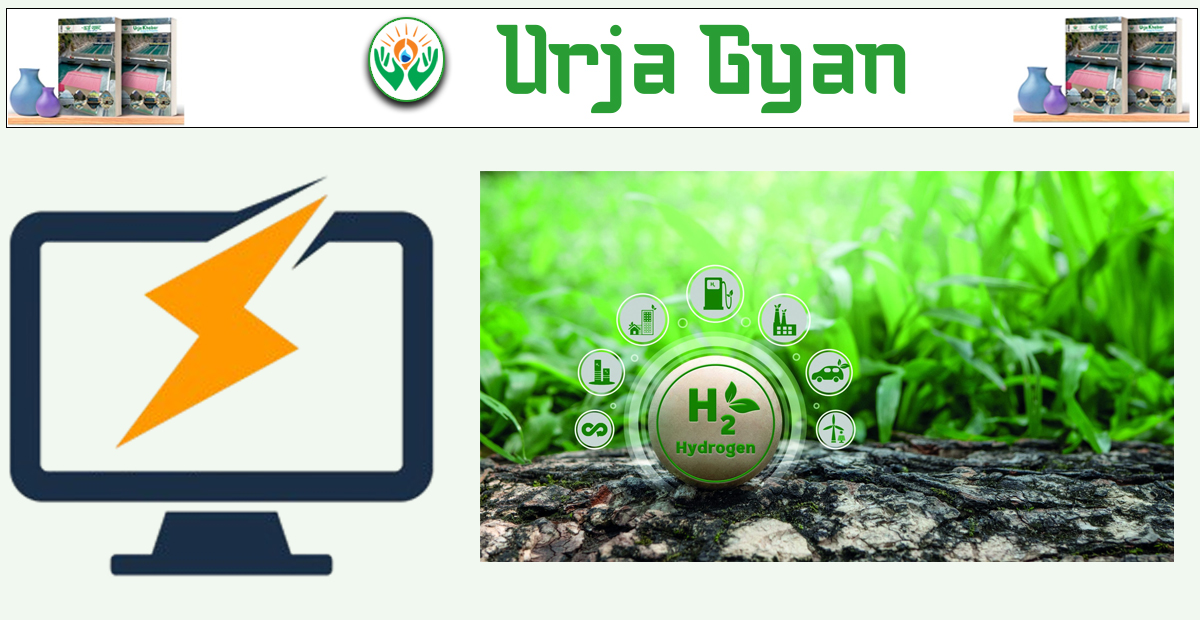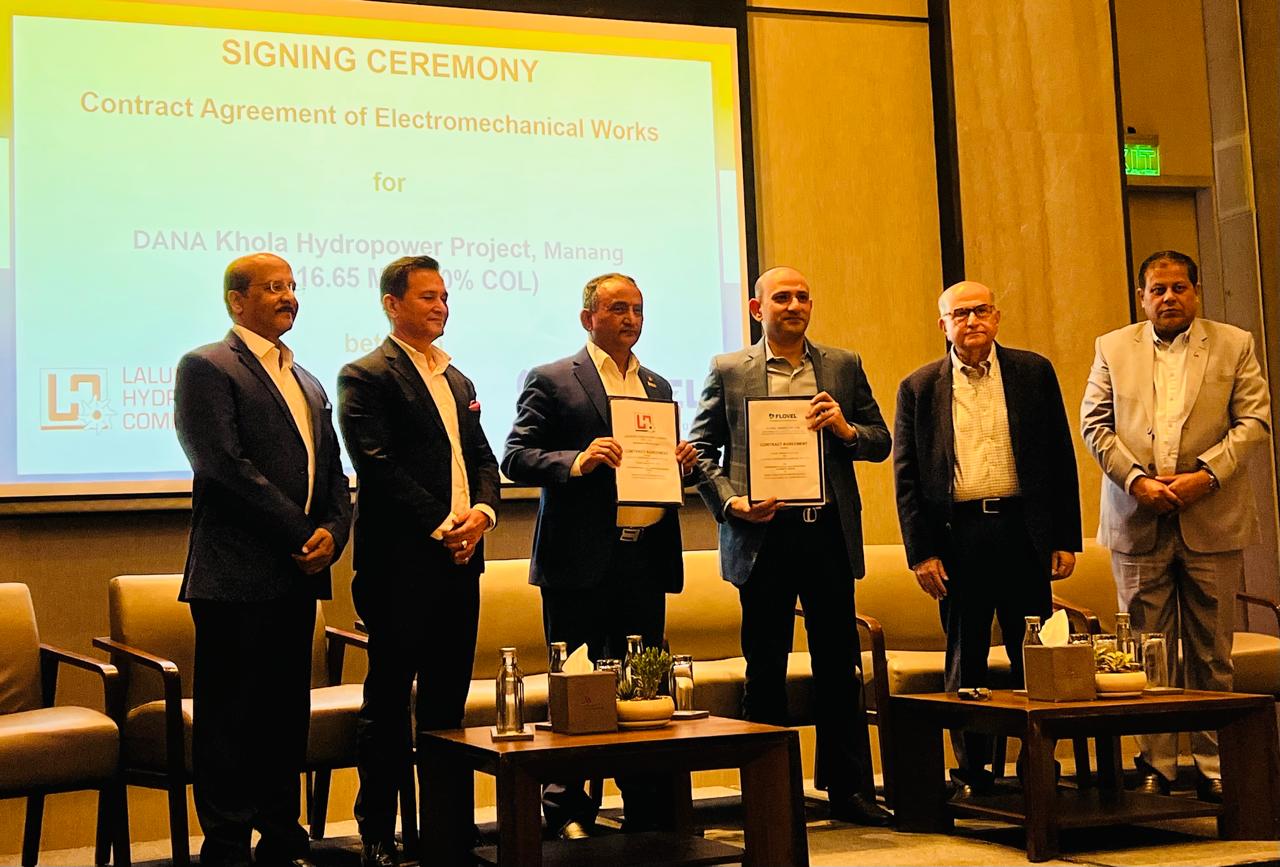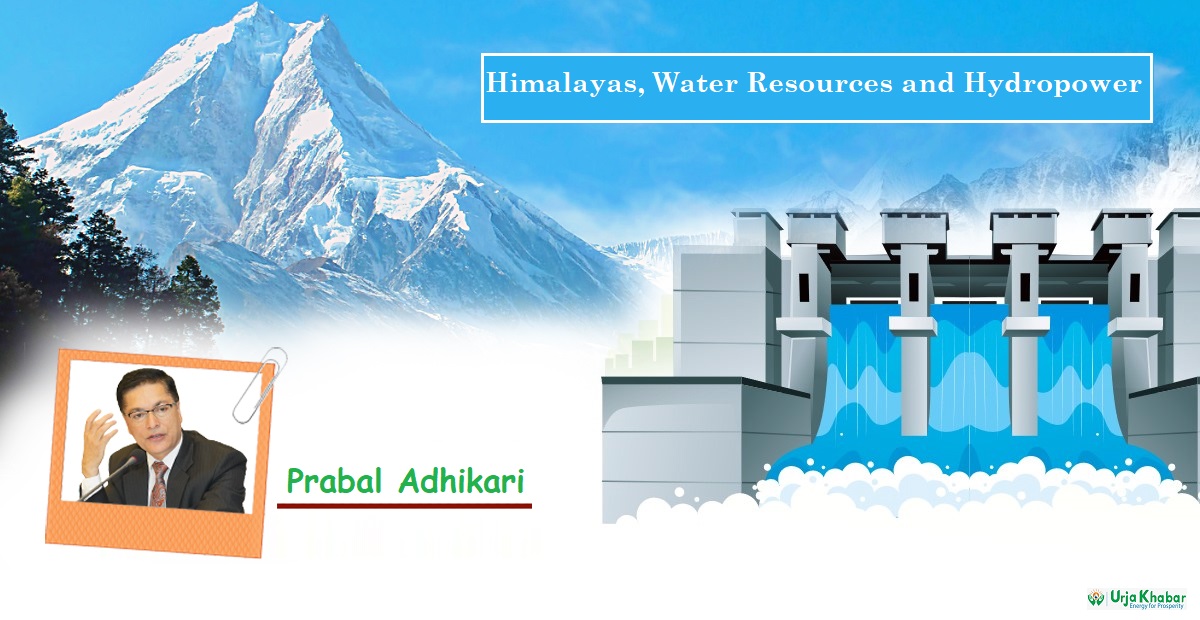Energy Update
Climate Change and Global Warming: How Humans Are Reshaping the Earth's Climate
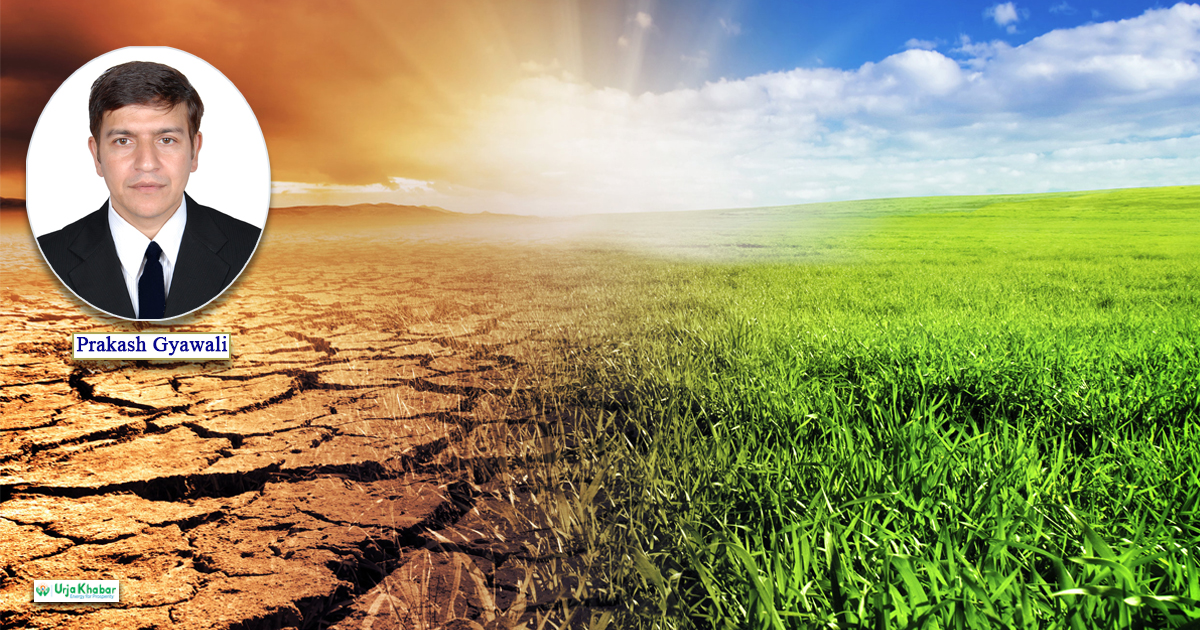
Introduction
We are living in the era of the Anthropocene -- geological epoch defined by humanity's profound impact on the Earth’s climate and ecosystems. Climate change is no longer a distant threat; it is a present-day crisis. It influences weather patterns, sea levels, biodiversity, and even geopolitics. In this article, we explore what climate change is, why it happens, how it affects different parts of the world, and the scientific principles behind starting from the atmosphere itself.

What is Climate Change?
Climate change refers to long-term alterations in temperature, precipitation, wind patterns, and other elements of the Earth's climate system. It is primarily driven by the enhanced greenhouse effect, which is caused by increased concentrations of certain gases in the atmosphere due to human activities. While the Earth's climate has always undergone natural fluctuations, the current pace of warming is unprecedented. According to the IPCC (Intergovernmental Panel on Climate Change), human activity -- particularly since the Industrial Revolution (Around the year 1750) -- is the dominant cause of this change.

Understanding the Atmosphere
To understand climate change, we first need to understand the Earth’s atmosphere -- a thin envelope of gases that makes life possible. It contains essential gases such as:
Permanent Gases:
Nitrogen (78%) – Inert, dilutes oxygen, prevents combustion,
Oxygen (21%) – Essential for respiration,
Argon (0.93%) – Inert, helps stabilize atmospheric composition,
Carbon Dioxide (~0.04%) – Crucial greenhouse gas,
Variable Gases:
Water Vapour (0–4%) – Key to weather and the greenhouse effect.
Ozone (O₃) – Protects life by absorbing UV radiation.
Methane (CH₄), Nitrous Oxide (N₂O) – Potent greenhouse gases.
Particulates:
Aerosols, dust, soot – Affect cloud formation, sunlight absorption, and health.
Although carbon dioxide and methane are minor components by volume, they have major climate impacts because they trap outgoing infrared radiation and warm the planet.
Greenhouse Effect
The Earth receives short-wave radiation from the Sun, primarily in the form of visible light and ultraviolet energy. This energy passes through the atmosphere and is absorbed by the planet’s surface, which warms up as a result. In turn, the Earth emits energy back into space as long-wave infrared radiation. However, not all of this outgoing radiation escapes freely into space. A layer of gases in the atmosphere -- known as greenhouse gases (GHGs) -- plays a crucial role in regulating this energy exchange.
These gases include carbon dioxide (CO₂), methane (CH₄), nitrous oxide (N₂O), and water vapour. They absorb and re-emit the outgoing infrared radiation in all directions, including back toward the Earth's surface. This process traps heat in the lower atmosphere, creating what is known as the natural greenhouse effect. This natural mechanism is vital for life on Earth. It keeps the planet’s average surface temperature at a stable and habitable 15.1°C (59.2°F). Without it, our world would be an inhospitable ice-covered rock with an average temperature closer to -18°C (0°F), unable to support the rich diversity of life we know today.
However, the problem arises when human activities amplify this effect beyond its natural balance. Since the onset of the Industrial Revolution, the burning of fossil fuels (like coal, oil, and natural gas), deforestation, agriculture, and various industrial processes have dramatically increased the concentration of greenhouse gases in the atmosphere. For example, CO₂ levels have surged by over 50% since pre-industrial times, and methane concentrations have more than doubled. This enhanced greenhouse effect leads to excessive heat retention, disrupting Earth's energy balance.
The consequences are far-reaching: global temperatures are rising, polar ice and glaciers are melting, sea levels are climbing, and weather patterns are becoming more extreme and unpredictable. What was once a stable climate system is now entering a state of flux, with risks not only to ecosystems but to agriculture, water supplies, infrastructure, and human health. In short, while the natural greenhouse effect is essential to life, the anthropogenic intensification of this process is causing a dangerous and accelerating imbalance in our climate system -- one that threatens the long-term stability of Earth’s environment and the well-being of future generations.
Common Items and GWP (kg CO₂-eq)
|
Item/Activity |
kg CO₂-eq per unit |
Sources |
|
1 kWh of coal-fired electricity |
0.91 kg CO₂-eq |
IPCC (AR6); EIA |
|
1 kWh of natural gas electricity |
0.45–0.55 kg CO₂-eq |
IPCC; EPA(2023) |
|
1 liter of gasoline combusted |
2.31 kg CO₂-eq |
EPA (2023) |
|
1 liter of diesel combusted |
2.68 kg CO₂-eq |
EPA (2023) |
|
Producing 1 kg of beef (beef cattle) |
27–60 kg CO₂-eq |
Poore & Nemecek (2018); FAO |
|
Producing 1 kg of cheese |
9–13.5 kg CO₂-eq |
Poore & Nemecek (2018) |
|
Producing 1 kg of rice |
2.7–5 kg CO₂-eq |
IPCC; Poore & Nemecek (2018) |
|
Producing 1 kg of poultry meat |
5.7–6.9 kg CO₂-eq |
Poore & Nemecek (2018) |
|
1 passenger-km in airplane (economy) |
0.15–0.25 kg CO₂-eq |
ICAO; OurWorldInData (https://ourworldindata.org/)
|
|
Producing 1 kg of cement |
0.8–1 kg CO₂-eq |
IEA; Cement Sustainability Initiative |
|
1 km driven by an average car |
0.2–0.25 kg CO₂-eq |
EPA (U.S. Environmental Protection Agency) |
|
Producing 1 kg of plastic (PE/PP) |
1.8–3.5 kg CO₂-eq |
Plastics Europe (Environmental Product Declarations (EPDs) for polymers |
|
Sending 1 email (with attachment) |
0.05–0.2 g CO₂-eq |
BBC; ADEME (French Agency for Environment) |
Venus: A Warning from Our Solar System
The planet Venus provides a powerful example of the greenhouse effect gone rogue. Its atmosphere contains ~95% carbon dioxide, leading to surface temperatures of over 460°C -- hot enough to melt lead. It once had oceans, now long gone. Its extreme greenhouse effect shows what unchecked carbon buildup can do to a planet.
The Anthropogenic Factor
The term “Anthropogenic climate change” refers specifically to climate change that is driven by human activities, rather than natural processes. While Earth's climate has always undergone fluctuations due to volcanic activity, solar cycles, and orbital variations, the current changes are distinctly different -- they bear unmistakable human fingerprints.
One of the most compelling pieces of evidence lies in the carbon dioxide (CO₂) concentration in our atmosphere, which has now exceeded 420 parts per million (ppm) -- a level unseen in at least 800,000 years, as confirmed by ice core records. This dramatic rise aligns directly with the onset of industrialization in the late 18th century, when fossil fuel combustion for energy began on a massive scale.
The warming pattern we observe today is not random; it closely tracks the growth of human industrial activity, not natural variability. Moreover, isotopic analysis of carbon molecules in the atmosphere reveals that the excess CO₂ primarily originates from fossil fuels, not from natural sources such as volcanoes. These isotopic "signatures" act like a molecular fingerprint, clearly distinguishing carbon released from ancient organic matter (like coal, oil, and gas) from other sources. From the exhaust pipes of millions of vehicles to the methane emitted by livestock, and from smokestacks of coal plants to the massive deforestation of carbon-absorbing forests for agriculture and development, human activity is deeply embedded in every major source of greenhouse gas emissions.
In effect, Homo sapiens have become a geological force, reshaping the composition of the atmosphere, altering ecosystems, and warming the planet. The Earth is responding with rising temperatures, melting glaciers, intensified weather patterns, and shifting ecosystems -- clear signals that we are not just inhabitants of this planet, but now powerful agents of change.
Human Contributions to Climate Change
Since the 18th century, anthropogenic (human-caused) emissions have rapidly increased GHG concentrations, especially:
CO₂ – From burning coal, oil, and natural gas in power plants, vehicles, industries.
CH₄ (Methane) – From livestock (especially cattle), rice cultivation, and landfills.
N₂O – From fertilizer use and agricultural activities.
These gases have different Global Warming Potentials (GWP):
Methane is over 25 times more potent than CO₂ over a 100-year period -- and much more in the short term. N₂O has even higher GWP than methane.
Climate Change Across the Globe
Climate change does not affect all regions equally:
Small Island nations face sea-level rise and saltwater intrusion.
Sub-Saharan Africa sees increased droughts and crop failure.
South Asia (including Nepal and India) experiences stronger monsoons, glacial retreat in the Himalayas, and heatwaves.
Arctic regions are warming twice as fast as the global average -- causing ice melt and oceanic disruption.
In Nepal, glacier retreat, erratic rainfall, and increased landslide frequency are signs of a warming climate with cascading impacts on agriculture, hydropower, and disaster risk.
Humans as a Geophysical Force
The Anthropocene is a proposed geological epoch that signifies a dramatic turning point in Earth’s history -- time when human beings have become a dominant force shaping the planet’s systems. Unlike previous epochs defined by natural processes such as volcanic activity or ice ages, the Anthropocene is characterized by the unprecedented influence of Homo sapiens sapiens on Earth's atmosphere, biosphere, hydrosphere, and even lithosphere. Through our relentless energy consumption, especially from fossil fuels, we have altered the chemical composition of the atmosphere, raising greenhouse gas concentrations to levels not seen in hundreds of thousands of years.
This has led to global warming, disrupted weather patterns, and more frequent extreme climate events. Our industrial emissions are also changing ocean chemistry, leading to increased acidification, which threatens marine ecosystems, especially coral reefs and shell-forming organisms. Meanwhile, human land-use -- through deforestation, urban expansion, agriculture, and mining—has drastically reduced natural habitats, contributing to a global biodiversity crisis marked by accelerated species extinctions. At the same time, the planet's surface is increasingly modified by infrastructure, agriculture, and waste, including the spread of synthetic materials like plastics and concrete, which now leave a visible stratigraphic signature in the geological record.
This epoch reflects a paradigm shift: humanity has moved from being a species shaped by Earth’s systems to one that is actively reshaping those systems. We are no longer mere participants in the Earth system—we are engineers of it, for better or worse. The Anthropocene challenges us to recognize our profound impact and to take responsibility for steering the planet toward a more sustainable and equitable future.
Consequences of Climate Change
The impacts of global warming are complex and interconnected:
More frequent and intense disasters (cyclones, floods, droughts)
Melting glaciers and sea-level rise
Ocean warming and acidification
Loss of biodiversity and ecosystem services
Health risks (heatstroke, vector-borne diseases)
Displacement and migration
Climate change is also a threat multiplier -- exacerbating existing problems like poverty, food insecurity, and conflict.
A Call to Action
Climate change is the defining challenge of our time. It demands urgent scientific understanding, technological innovation, and international cooperation. We must: Transition to renewable energy, improve agricultural practices, develop resilient infrastructure, implement policies aligned with IPCC recommendations and climate justice, By understanding the science -- from FT-NIR analysis of biomass emissions to AI-based GWP prediction -- we can make informed decisions to mitigate and adapt to climate change.
The Writer is the PhD, Scholar, King Mongkut’s institute of Technology, Thailand.
Conversation

ऊर्जा सम्बन्धी नेपालको पहिलो अनलाइन पत्रिका
- Info. Dept. Reg. No. : 254/073/74
- Telephone : +977-1-5321303
- Email : [email protected]






